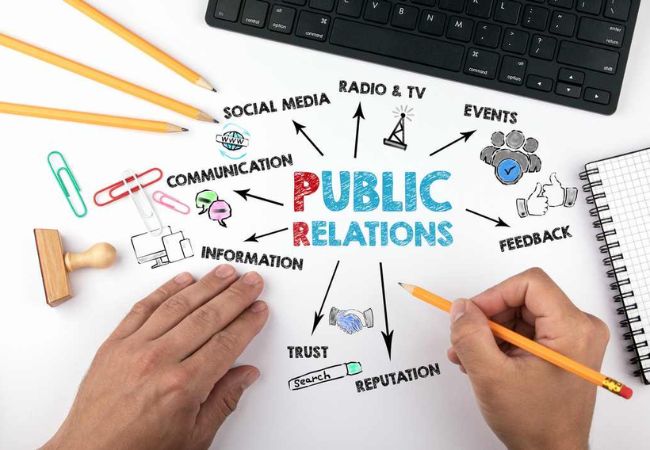Crisis Communication Strategies: Maintaining Trust in Times of Uncertainty
In today’s fast-paced and interconnected world, organizations are faced with a myriad of challenges that can impact their reputation and bottom line. Whether it’s a natural disaster, a data breach, or a PR crisis, how a company responds in times of uncertainty can make or break its reputation.
The Importance of Crisis Communication
Crisis communication is the process of communicating with key stakeholders during a crisis to ensure that accurate information is disseminated and trust is maintained. It is essential for organizations to have a crisis communication plan in place to effectively respond to any unexpected events that may arise.
Key Components of Effective Crisis Communication
Transparency
One of the most critical components of crisis communication is transparency. Organizations must be open and honest with their stakeholders about the situation at hand, including what went wrong and what steps are being taken to address the issue. Failing to be transparent can damage trust and credibility.
Timeliness
In times of crisis, timing is crucial. Organizations must respond quickly to address the issue and provide updates as new information becomes available. Delayed or inadequate communication can lead to confusion and speculation, which can further exacerbate the crisis.
Consistency
Consistent messaging is essential in crisis communication. All stakeholders should receive the same information to avoid conflicting reports or confusion. It’s important for organizations to have a designated spokesperson or team to ensure that messaging remains consistent across all channels.
Empathy
Showing empathy and understanding towards those affected by the crisis is key to maintaining trust. Organizations should acknowledge the impact of the crisis on individuals and communities and demonstrate a commitment to resolving the issue in a compassionate manner.
Best Practices for Crisis Communication
Develop a Crisis Communication Plan
Every organization should have a comprehensive crisis communication plan in place that outlines roles, responsibilities, and communication protocols in the event of a crisis. This plan should be regularly reviewed and updated to ensure it remains relevant and effective.
Monitor Social Media and News Outlets
During a crisis, it’s essential to monitor social media and news outlets for any mentions or discussions related to the crisis. This will help organizations stay informed of public sentiment and respond promptly to any misinformation or rumors that may be circulating.
Communicate Proactively
Don’t wait for stakeholders to come to you for information. Proactively communicate updates and key messages to demonstrate your organization’s commitment to transparency and accountability. This will help build trust and credibility with your audience.
Provide Resources and Support
During a crisis, it’s important to provide stakeholders with the resources and support they need to navigate the situation. This may include FAQs, helplines, or online resources to answer questions and address concerns in a timely manner.
Case Studies: Successful Crisis Communication Strategies
Johnson & Johnson’s Tylenol Recall
In 1982, Johnson & Johnson faced a crisis when cyanide-laced Tylenol capsules resulted in multiple deaths. The company responded by immediately recalling all Tylenol products, cooperating with authorities, and implementing tamper-proof packaging. Their swift and transparent response restored consumer trust and set a gold standard for crisis communication.
Southwest Airlines’ Emergency Landing
In 2018, Southwest Airlines experienced an engine failure that resulted in a passenger’s death. The airline swiftly communicated with passengers and the public, expressing condolences and addressing safety concerns. Their empathetic and transparent response helped mitigate the impact of the crisis on their reputation.
FAQs
Q: What is crisis communication?
A: Crisis communication is the process of communicating with key stakeholders during a crisis to ensure that accurate information is disseminated and trust is maintained.
Q: Why is transparency important in crisis communication?
A: Transparency is essential in crisis communication to build trust and credibility with stakeholders by being open and honest about the situation.
Q: What are the key components of effective crisis communication?
A: The key components of effective crisis communication include transparency, timeliness, consistency, and empathy.
Q: How can organizations prepare for a crisis?
A: Organizations can prepare for a crisis by developing a comprehensive crisis communication plan, monitoring social media and news outlets, communicating proactively, and providing resources and support to stakeholders.
“`







